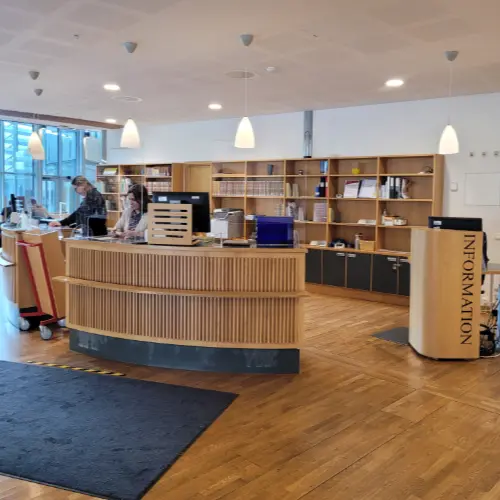Copyright and personal data
There are many rules concerning copyright, personal data and the use of online material that you need to take into account.
Copying
It is not allowed to copy entire books or digital objects. According to copyright law, it is only allowed to copy parts of books.
Rules on copying for universities and colleges
There is an agreement between Bonus Copyright Access and SUHF (Sveriges universitets- och högskoleförbund) that applies to all universities and colleges in the country. The rules apply to both teachers and students regarding the copying of material used in their studies.
Plagiarism and referencing techniques
It is important to be able to refer correctly to other people's texts that you use in your own work, otherwise it is considered plagiarism. In scientific texts, writers often refer to or quote from the scientific work of others.
Images and graphics
Keep in mind that images you find online are not always free to use. The person who created the image has the copyright to it. If you want to use images, graphs or tables in your work, search in collections of freely available material.
Images created using AI
There are currently a number of tools for producing images, text and sound using artificial intelligence (AI). According to the Swedish Patent and Registration Office (PRV), copyright requires the creator of the work to be a human being. Therefore, no one has copyright on an image produced entirely with an AI tool where you have asked the computer to create an image from a text instruction. But be aware that the right of use may be protected by terms of use that you agreed to when you created an account with the tool.
Creative Commons label
Creative Commons is a non-profit organisation that aims to help those who create and share their work.
Searching for images
You can search special collections of freely available images or other graphic objects. In Flickr you can search only for images with a Creative Commons licence. Wikimedia and Unsplash contain images that are free to use.
Processing of personal data
The Swedish name for the General Data Protection Regulation (GDPR) is "Dataskyddsförordningen".
The purpose of the GDPR is to give individuals greater control over their personal data. The GDPR is primarily concerned with how and when personal data may be processed and what requirements are imposed on those who are responsible for personal data or process personal data on behalf of others.
When writing your thesis, you must consider the rules that apply to the processing of personal data. This means that you should:
- Evaluate whether it is necessary to process personal data.
- Define the purpose of the processing of personal data and what data needs to be collected.
- Determine how information will be stored and handled securely during the work.
- Determine which parts of the information will be deleted or retained once the work is done.
- Informing data subjects, obtaining documented consent and collecting the necessary information.
- Process the collected material.
- After processing, delete or archive the personal data material as needed.
Check with your supervisor what is appropriate for your degree project in relation to the GDPR.
This page was last updated 2024-04-21


